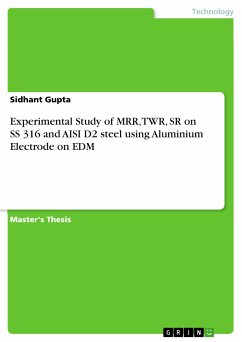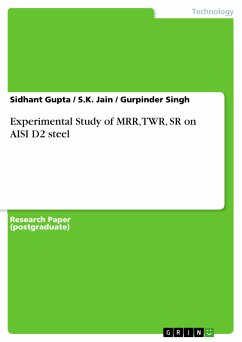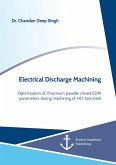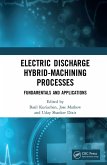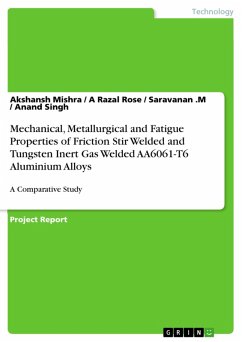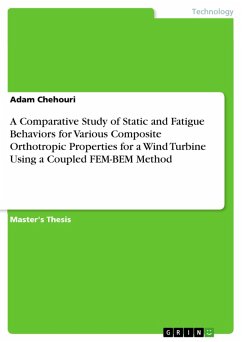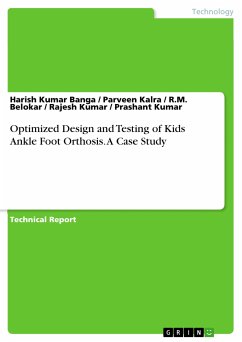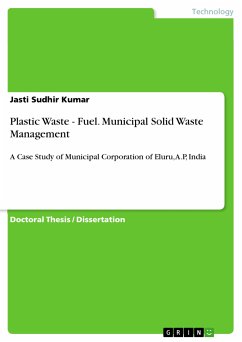Master's Thesis from the year 2016 in the subject Engineering - Mechanical Engineering, , course: Master of Technology, Manufacturing Systems, language: English, abstract: In the present study, the effect of aluminium tool electrode has been studied on stainless steel 316 and AISI D2 steel. Dielectric used for the study was EDM oil. Experiments were conducted based on L9 orthogonal array. The experimental study on the effect of input parameters i.e. current, pulse on time and pulse off time on output parameters material removal rate (MRR), tool wear rate (TWR) and surface roughness (SR). The workpiece materials selected were AISI D2 steel and SS 316. The tool electrode used was Aluminium and EDM oil as dielectric fluid. Taguchi design of experiments was used to design experiments, L9 orthogonal array was applied using MINITAB software. Signal to noise ratio and ANOVA were employed for parameter optimization and to achieve max MRR, min TWR and SR. The results indicate that the most influencing factor for MRR is Pulse off time. For TWR, the most influencing factor is current. For SR, the most influencing factor is pulse on time.
Dieser Download kann aus rechtlichen Gründen nur mit Rechnungsadresse in A, B, BG, CY, CZ, D, DK, EW, E, FIN, F, GR, HR, H, IRL, I, LT, L, LR, M, NL, PL, P, R, S, SLO, SK ausgeliefert werden.

